Frameless side windows without the B pillars, a still fresh looking exterior, keyless entry door handles which can break and your own personal seat belt butler-which can break as well. These are the things you can’t find in the first generation CLK which is reliability wise not a bad car at all and you can buy one for much less than 1 000 € / $ 1 117. Of course the price is good but the age and the not very good rust protection are the biggest enemies of this older model.
On the other side the second generation CLK doesn’t have big issues with the rust, it’s very affordable while it still looks great even today, and to top that it doesn’t have big issues with the reliability either – if you choose the right version of course.
Interior

The build quality of the interior is good, all the materials are really durable so peeling plastic? Forget about that. + You can also find well equipped cars which have things like the adaptive cruise control, keyless entry, ventilated front seats or the already mentioned automatic seat belt extender which is standard by the way.
Interestingly, the rival of this Mercedes, the BMW 3 series E46 coupe was not available with any of these features and you can’t find ventilated seats in the next generation 3 series coupe neither.
But back to this Mercedes. The trunk space in the coupe version is pretty impressive for a 2 door coupe + you can fold the rear seats and load in a TV for example? The rear seat area is not completely useless either, although it has its limits of course. But overall the practicality of the coupe version is better than you would think.

On the other side the optional navigation system just screams that it’s from the 1990s. At least they updated it in the facelifted models-in 2004, but if you want something up to date then you have to find an aftermarket solution.
And lastly, there are cases of rattling noises from the doors usually caused by loose or sometimes even missing window regulator nuts which hold the window regulator assembly. These nuts are located under the front doors – under the rubber grommets so it’s very easy to check them.
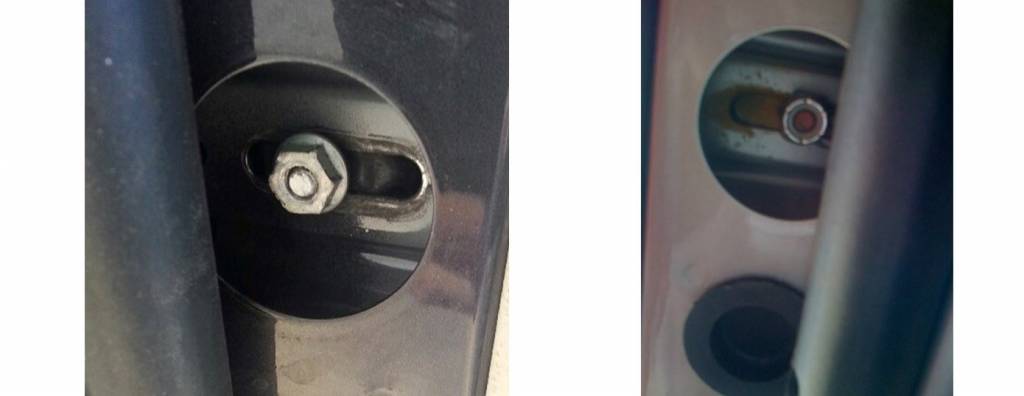
Body, paintjob, rust protection
The rust protection of these cars is much better than in the predecessor, however that doesn’t mean that you should not expect rust at all, because mainly the older early production cars (made to 2004) used on winter salty roads can have more often rust on the:
–rear wheel arches
–lower part of the doors
-sometimes on the trunk lid as well
Also after opening the hood you get a very good access to the fender screws, and as in the other cars-they have to be intact. If not then the fender was removed because of a minor or a major accident, or just because of a damaged paintjob.

Possible issues
There are not many possible issues (considering the fact that this is a Mercedes):
-but if the car is equipped with the electrically adjustable front seats then check if they work properly because in many cases the electrically adjustable headrests won’t work properly
-then the seat heating can fail and a faulty seat sensor can cause the airbag warning massage on the instrument cluster. A new seat sensor costs 608 € / $680 which is definitely a lot, but you can find a seat sensor bypass emulator for 59 € / $66 which will solve the airbag warning light issue.
-definitely check also the frameless door windows as in the other cars equipped with this feature. After opening the door, both of the side windows have to lower a little and after closing they have to close back. In some cases the badly aligned windows can cause excessive wind noise as well, and there are of course numerous cases when the window regulators failed completely, so try them out before buying. By the way, if your rear window regulator fails then you have to remove the rear seats, the plastic panels and some other stuff to replace it, so this is more complicated than a simple window regulator change in the front door. On the other side, there are guides how to do it.
-if the car is equipped with the keyless entry feature, then check the exterior door handles because they can fail
-it’s also a good idea to check the AC, all the vent and all the temperature settings, since there are numerous stepper motors under the dashboard which can cause some issues. These motors control the air flaps but the plastic arm on them can break and the motors themselves can fail as well. In this case the air won’t blow from all of the vents as it should, and you will also hear a ticking/clicking sound behind the dash when you turn on the ignition. As I said the motors with the plastic arms are under the dashboard so to replace these parts you need to remove certain parts of the dash or even the entire dashboard.
-then there are cases of cracked third brake light plastic cover which can let the water inside the trunk lid and in some cases the plastic cover can fall out completely as well. To prevent this – try to not slam hard the damn trunk lid and you should be ok. Meanwhile here is a guide how to replace this brake light.
-lastly there are sometimes issues with the optional xenon headlights. They start blinking and eventually they die completely. In this case you got a faulty HID ballast or wiring. Either way you have to remove the front bumper to remove the lights to investigate this issue further.

CLK convertible specific issues
The convertible version is definitely great in the summer but the roof itself and the roof electrohydraulic mechanism can develop some issues which can ruin your summer experience.
–so first thing first, you should check the hydraulic pump fluid level in the trunk: open the trunk, remove the carpet panel on the left side and check the fluid level. If it’s low then there will be a smaller or a bigger leak somewhere in this system which is obviously not good. The hydraulic seals are getting older, which means that after approx. 10 or 12 years they will slowly let the fluid out mainly in cars used in hot climate areas. The main hydraulic pump itself can leak and all of the hydraulic arms can leak as well, including the front lock cylinder which is located on the front of the roof.
+to top of that, sometimes the hydraulic line which goes to the front lock cylinder can leak, since the roof is flexing while opening and closing and over time the tube can simply give up
“so if you are opening the roof then check it properly for oil leaks, specifically the already mentioned hydraulic cylinders. And after closing check also the front part of the roof for oil traces. With the closed top the oil level should be between MAX and MIN marks”
-if the roof is not working properly but the fluid level is ok, then you should check the microswitches which can be faulty. There are 11 or 12 of them so it will take some time to find the victim. Symptoms of faulty microswitches: you won’t be able to open or close the roof or you will be able to open or close the roof only half way
+sometimes even the main hydraulic pump relays can be faulty, and the motor in the pump itself can die too
-After this it’s time to check for water leaks in the interior because as the roof canvas gets older the layers under it can slowly let the water inside + the rear window can come loose as well and, again, let the water in.
Suspension
Luckily this Mercedes doesn’t have any kind of more complex hydraulic or air suspension, so there is only the conventional suspension and the factory sport suspension.
As usual check for all those clunking, knocking and creaking noises which as usual indicate worn control arm bushings, or sway bar links. These already mentioned parts are more often worn so you should be prepared to replace them.
Petrol engines
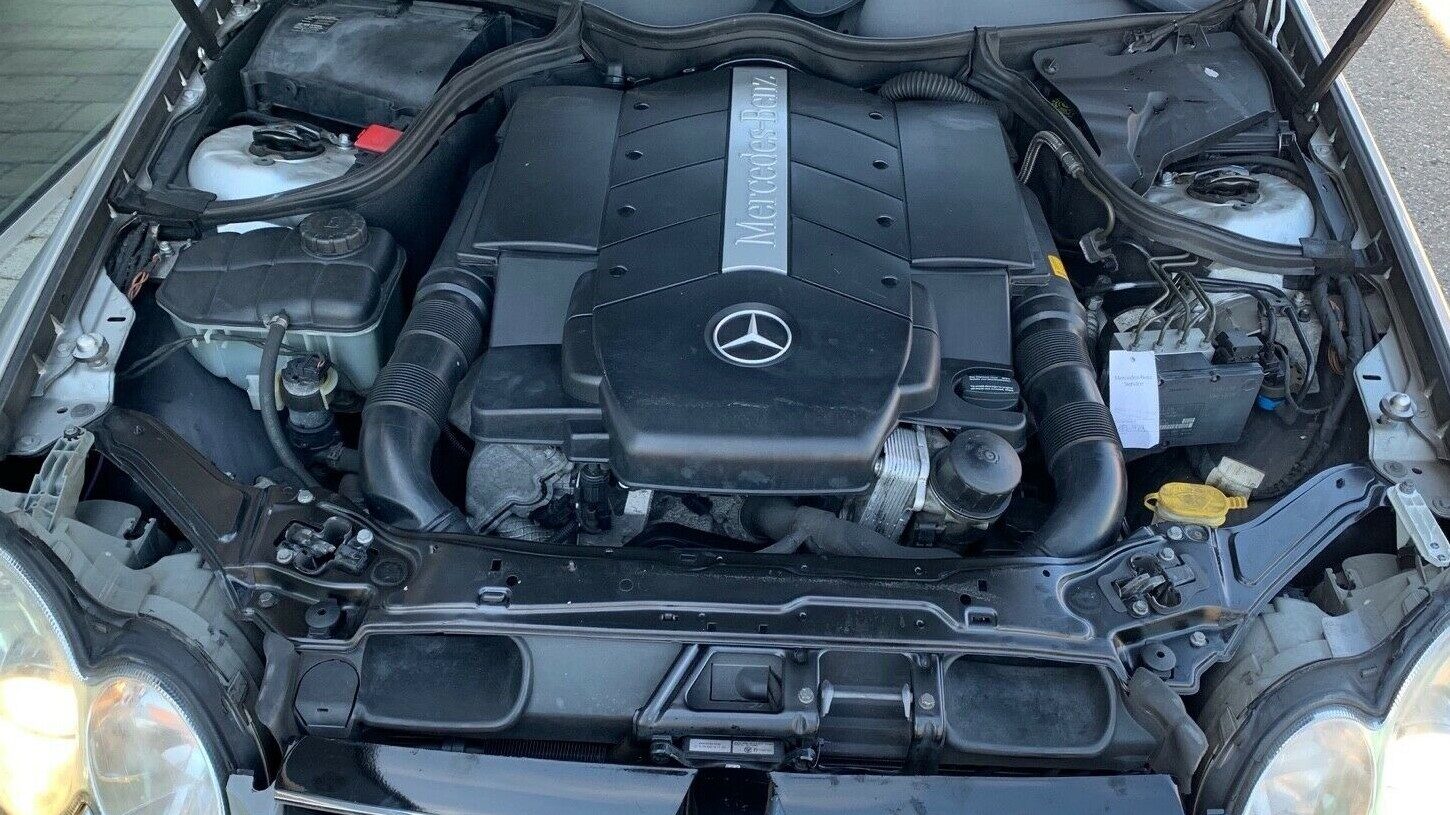
If you are familiar with the Mercedes models from this time, then you know that the most reliable petrol engines are the older V8 and V6 units with the M113 and the M112 engine codes.
Then there are the newer engines with the M272 and M273 engine codes (made from 2005) which can have the the following issues:
Balance shaft failure
First there is the well-known balance shaft sprocket failure – which can occur just in cars made to 2007, since in this year Mercedes woke up and updated the weak sprocket. Because of this-the timing chain can fail and possibly destroy the engine, so if you don’t want to risk this, then it’s a good idea to buy a car made from 2008 which will have the updated parts for sure, or buy a car equipped with the older M112 or M113 engines.
Although it’s good to know that some cars made in late 2007 can have the updated parts as well → you can check if your engine is affected or not, if you look at the engine serial number → which you can find out from decoding the VIN number, all of this with the help of the internet: more info and affected engine serial numbers
Intake manifold
The second possible problem of these newer engines is related to the intake manifold plastic outside arm and the inside plastic flaps which can break. Basically a plastic arm on the outside of the manifold can break, or sometimes the plastic flaps inside the intake manifold break as well – causing: misfires, loss of power and eventually an illuminated check engine light.
-You can fix the broken outside plastic arm by replacing only the broken arm with an improved metallic one. However in this case I highly recommend to clean the inside of the intake manifold, since most probably there will be a bigger or smaller amount of carbon build up inside. And while this is the cheapest solution it’s also not a 100% solution since the inside plastic flaps can still break-mainly if you don’t clean the manifold.
Improved metallic outside arm with new gaskets – 110 € / $125
-Or you can just buy a new complete intake manifold which is in a lot of cases a better and a faster solution and you don’t have to worry that the inside plastic flaps will break.
New complete intake manifold – from 500 € / $566 (replacing it at the dealer – 2 200 € / $2 500)

Camshaft adjustment solenoids
Lastly, there are 4 camshaft adjustment solenoids which can leak oil or they can also fail, again on the already mentioned M272 and M273 engines. If they start to fail then you will experience various symptoms like: an illuminated check engine light, stored fault codes or even loss of power, poor idle/misfires, eventually stalling.
The solenoids are located on the front of the engine so replacing them is not very hard and luckily they are also not expensive. how to replace these solenoids
+ more info of other sensors which can fail on these engines
Then, all of the petrol engines can have often worn engine mounts, so it’s good to check for excessive vibration in the interior, in the seat, or on the steering wheel at idle. (new genuine engine mount 123 € / $136)
There is also the well-known crankshaft position sensor which can fail – in this case it will be difficult or impossible to start the engine. The new sensor is not expensive, so it’s a good idea to replace it preventively.
As usual, check the engines for oil leaks – because mainly the older V6 and V8 petrol engines are more prone to these leaks as they age. Specifically the valve cover gasket, the rear main seal/crankshaft seal or the oil pan seal can leak. (for example fixing the rear main seal leak costs approx. 895 € / $1 000)
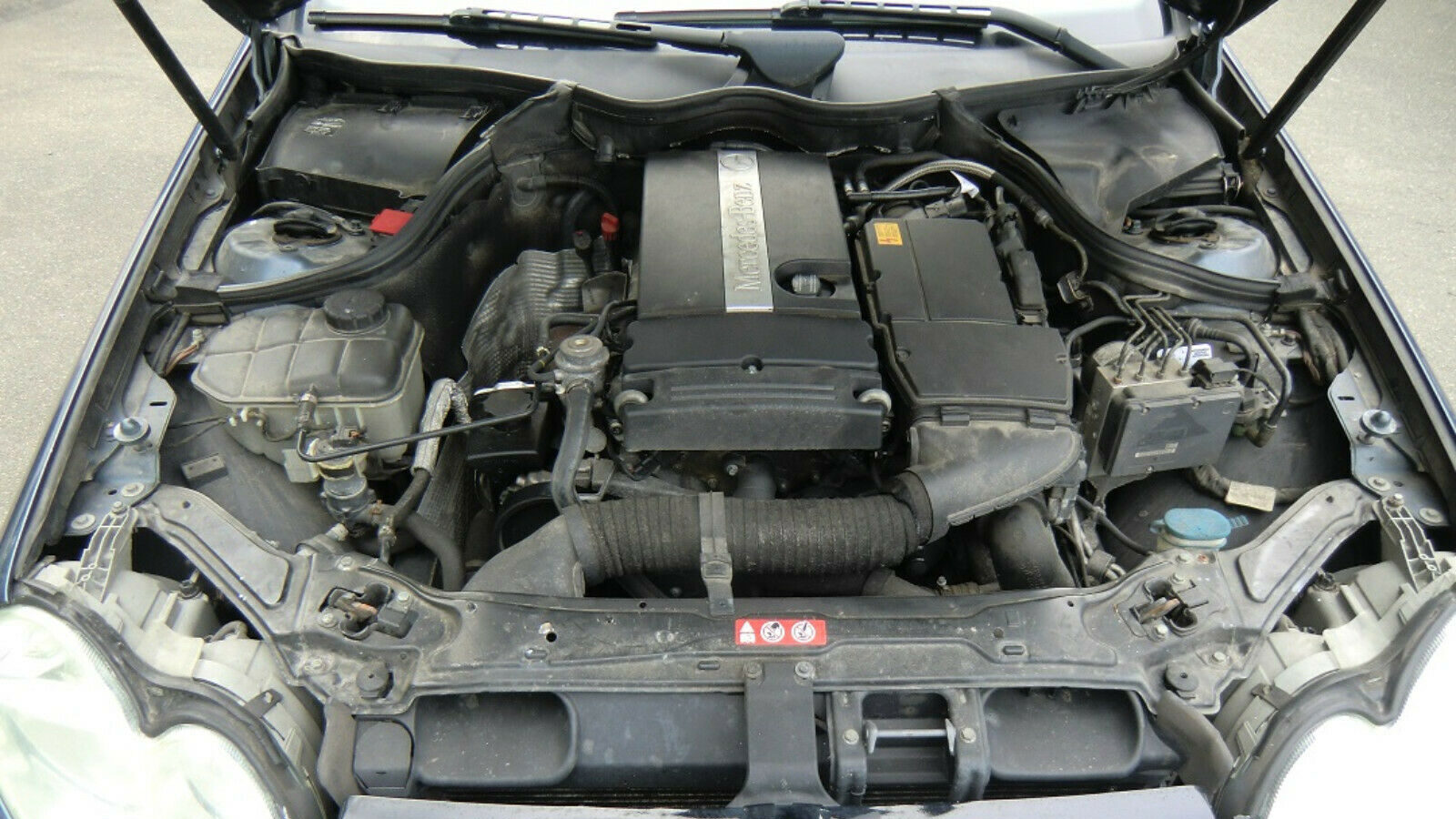
Lastly there are the 4 cylinder petrol engines which are not that bad, but there are numerous cases of prematurely worn timing chains in these engines even after 100 000 km / 62 000 mi. So it’s a good idea to have that extra money for the repair, or you can consider replacing the chain preventively after this mileage point to have that peace of mind.
AMG models
And of course let’s not forget about the AMG versions. The CLK 55 AMG has the fairly simple older V8 without the supercharger. This engine doesn’t have any major problems so there is nothing to discuss here.
On the other side the newer CLK 63 AMG has the well-known 6.2 l V8 which has basically only one possible but pretty serious issue which is related to the cylinder head bolts. Mercedes used not the strongest cylinder head bolts, which means that they can slightly stretch or break completely → causing leaking head gasket. In this case you will experience coolant loss due to coolant entering the combustion chamber via the blown head gasket, and the coolant will mix with oil too.
All in all, if you don’t fix this then you will end up with a destroyed engine.
But, Mercedes updated these head bolts, so you can obviously replace them preventively. You either replace them one by one without removing the heads and replacing the head gaskets (this is the cheaper preventative solution), or if you already experienced bigger coolant loss and coolant mixing with oil, then you should remove the heads and replace the head gaskets too – but this is obviously much more expensive.

replacing the head bolts only-one by one – approx. $1 500
replacing the head bolts + head gaskets – approx. $3 800 – $4 500
However this problem is not like extremely common so there are still even high mileage cars with the factory head bolts, but there are already numerous cases of failed head bolts and some owners just replaced them preventively. At the end it’s up to you. But if your car still has the factory head bolts then you should at least check the coolant level regularly and if you experience even the slightest coolant loss then first check for leaks, and if it’s not leaking anywhere then you should consider replacing the bolts as soon as possible!
By the way, if you have this 6.2 l V8 engine then it’s really important to have clean engine oil !! So change it after maximum 8 000 km, and keep the oil topped up to the correct level, because if not then you are increasing the risk of problems with the camshaft adjuster solenoids or even prematurely worn camshafts, which is not good.
Diesel engines

There are no extraordinary issues with the diesel engines-they are old and very simple compared to the todays diesel engines, so you can expect just the regular problems, except the newest diesel engine which is the 3.0 l V6 – CLK 320 CDI. This V6 engine can have 2 main issues which are worth mentioning:
-The first is related to the inlet port shut off motor or the swirl flap motor in other words. This motor can fail causing limp mode/reduced performance and an illuminated check engine light. This failure is caused by the seal on the turbocharger which will let the oil to slowly drip into this motor. how to fix the motor for free
-The next issue is the famous oil cooler leak caused by the seals attached to this oil cooler. You will definitely notice this leak since there will be traces of oil under the car and on the lower engine plastic panel + if you look at the bottom of the engine then you will see the black oil appearing at the rear of the block. Because of the heat the old seals can fail prematurely, and that’s why Mercedes updates these seals. The new updated seals are cheap, but that damn oil cooler is buried deep down in the middle of the engine(-between the heads) so you will have to remove a shit ton of parts to access the cooler(you have to remove various hoses, pipes, random boxes, the turbocharger + the intake manifolds). how to replace the oil cooler seals quick video

All the engines are equipped with timing chain which can withstand even more than 300 000 kms, except the already mentioned petrol engines affected with the balance shaft horror story and the 4 cylinder petrol engines.
(as usual, check for a short rattle at cold start which will indicate worn timing chain mechanism)
Transmissions
Let’s move on to the transmissions. As usual, there is nothing wrong with the manual gearbox just pay attention to the clutch which should operate smoothly without strange sounds, slipping or shuddering.
–The older 5 speed automatic transmission is not that fast as the newer 7 speed but it’s usually more reliable, unless you buy a car made to September 2003 → because in these cars there is a bigger chance that the radiator will let the coolant into the gearbox oil which will destroy the gearbox! On the other side this issue should be already fixed on most of the cars, but if the radiator is still original from the factory then it’s good to consider replacing it preventively on these early cars even if it’s still ok. The early symptoms of contaminated gearbox fluid: rumble at low speeds, harsh shifts → destroyed gearbox at the end.
Lastly check the gearbox for leaks since there is a common leak from the gearbox electrical connector,this is not very expensive to fix but it’s better to check it than to drive with a low gearbox fluid level.
-Then there is the newer 7 speed automatic transmission which has faster gear changes, but also in cars made to 2008 it can have more often issues with the conductor plate. In this case you can experience: harsh downshifts in lower gears, limp mode, or harsh shifting in general. So check for these symptoms while driving! On the other side from 2009 they improved this gearbox which means that with regular oil changes it should work for a long time.
“Replacing the gearbox oil – $300–$400”
To summarize things up:
- check the radiator if you are buying a car made to 2003 with the automatic gearbox
- from the petrol engines it’s better to choose either the older engines or just the newest engines from 2008
- as usual avoid cars with any kind of performance upgrades
- it’s good to keep 1 500 € / $1 675 for the additional repairs or maintenance, but if you are buying the convertible or the AMG version then have at least twice that much money.
And as usual, if you have personal experience with this car or more information about it, then you can write it into comments!




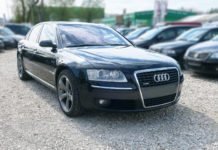

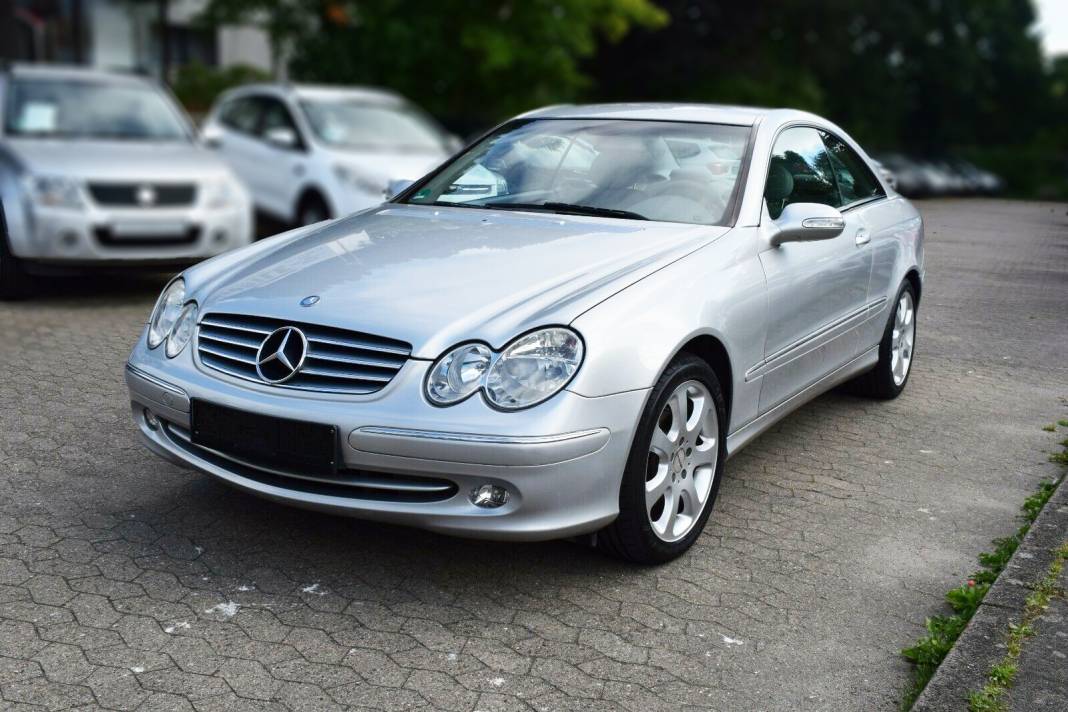





Very nice 😉 I would like to read about Mercedes Benz S class from 2006-2014 and even further.
Good job and excellent reviews
Awesome review. I own an automatic CLK 350 from 2005 with a M272 engine and I’m freaking out after reading this. I have a small oil leak, I do not know if my timing chain is gonna break anytime soon (250.000Km) and the transmission is harsh in lower gears…I just bought a diagnosis machine (iCarsoft MB) and will check for everything you mention. I wonder if I should sell it for good and get another one with the older or newer engines. I bought a MB for its reliability and I get this crap…
hello, i have a CLK 200 2006 and having coolant leak. I changed the radiator yet after few days, again the leak showed but can’t tell from where this time. is there any recommendations ?
This is the most helpful CLK review available. It enabled me to purchase the right car – 2005 CLK500 with M113. I’m so grateful. Thanks.
Incredible review, best I have ever seen. I bought a 2007 CLK 63 AMG convertible. Love this monster. I am lucky to know a former retired Mercedes Mechanic which is awesome. He fixes things Mercedes would just change out for new. Would not trust anyone else with my Baby.
Thank you so much for the incredible inside info.
I am very impressed with your review on the CLK
I have a 320clk and about to add a 240clk 2004 year.
I want to replace the audio head set with a apple car play and add a reversing camera so any suggestion of what to do or not to do I would appreciate.
By the way I am in Australia.
Funny I was comparing it to a 2004 530i and a 2010 A4 Audi.
Totally agree with your comments on both.
Keep up the great work
Yesss! Incredible review, the best I ever read!👍
I bought a CLK 320 M112 from 2003 in 2019. Today it is reaching 220’000km.
Chance it has none of the defects mentioned in your article.
Thank you for the good informations, it’s very much appreciated 👍👍
Almost 3 years ago i bought a 2004 clk 240 m112 2.6L @ 240k km’s. It didn’t come with any maintenance history, but i had a good feeling about the car.
Currently at 298k km’s and engine wise I’ve had zero issues it seems.
(I’ve had other issues, non electronic. But those were kinda expected on a car this old and driven as a daily)